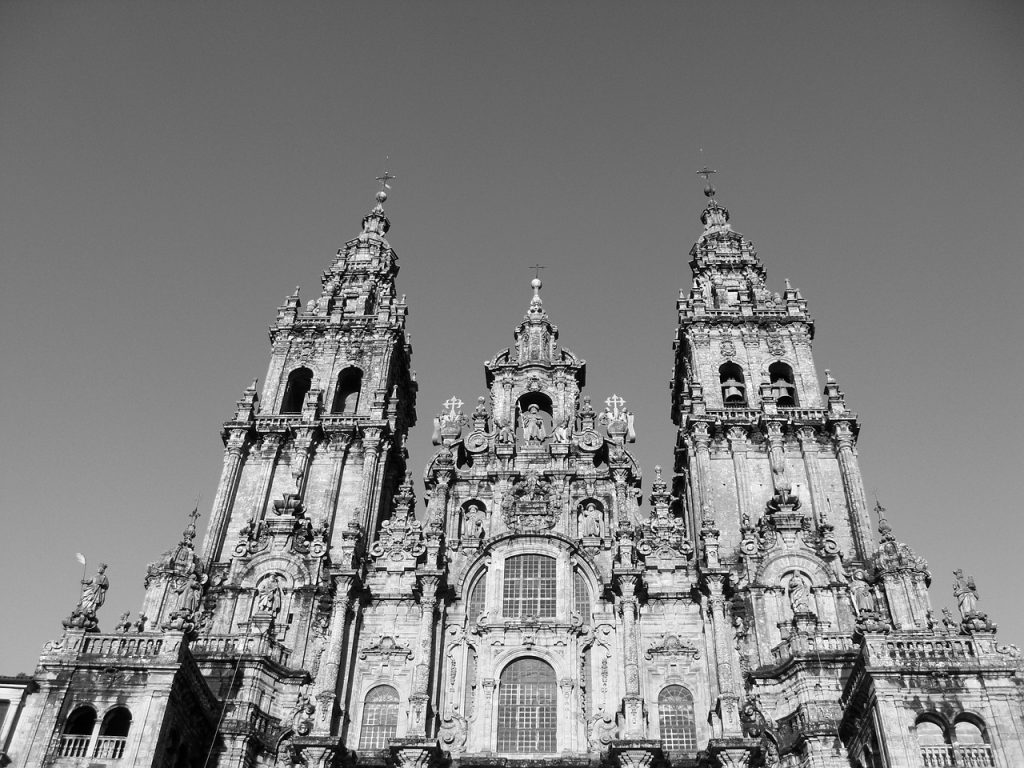Information about the Camino de Santiago

The Camino de Santiago: A Pilgrimage Through History
Since time immemorial, the Camino de Santiago has been more than just a route; it is a journey of the soul, a test of faith, and a meeting with the history and culture woven into the landscape of Spain. Its origins trace back to the discovery of the tomb of St. James in the 9th century, a finding that would forever transform the region of Galicia and European Christianity.
The First Steps History tells us that it was King Alfonso II the Chaste, monarch of the Kingdom of Asturias, who ordered the construction of a tomb at the site where the remains of the Apostle were found. This act marked the beginning of pilgrimages and the birth of the Primitivo Route, the first official path to Santiago de Compostela. This route was not just a physical journey but also a path of personal transformation for each pilgrim.
The Expansion of the Camino Over the centuries, the fame of the Camino de Santiago grew, and with it, its network of routes. Pilgrims from all over Europe began to converge on Santiago, following various paths that crossed mountains, valleys, and rivers. The Camino Francés, one of the most well-known routes, was detailed by Aymeric Picaud in the Códice Calixtino, one of the earliest guides for pilgrims. This guide not only offered practical advice but also spiritual and cultural reflections.
Height and Decline The Camino reached its peak in the Middle Ages, becoming one of the three major Christian pilgrimages alongside Rome and Jerusalem. However, over time, factors such as politics, economics, and religious crises led to a decline in the number of pilgrims. The route fell into a long period of neglect, with paths and hostels falling into disuse.
Modern Revival In recent decades, the Camino de Santiago has experienced a revival, attracting thousands of people each year in search of spirituality, adventure, and a connection with history. Today, the Camino is not only a testament to faith but also a cultural heritage that brings together people of all ages and backgrounds. It has become a melting pot of cultures and a meeting point for discussions about life, existence, and the human condition.
The Camino Today Today, the Camino de Santiago attracts not only those seeking spiritual growth but also history enthusiasts, nature lovers, and adventurers from around the world. The route offers a unique experience where the beauty of the landscape blends with the richness of traditions and the hospitality of local communities.
Conclusion The Camino de Santiago remains a path that inspires and challenges its pilgrims. It is a living legacy that continues to evolve, inviting each person to be a part of its millennia-old story. As walkers traverse its paths, they discover not only the history of the route but also the history of themselves.
